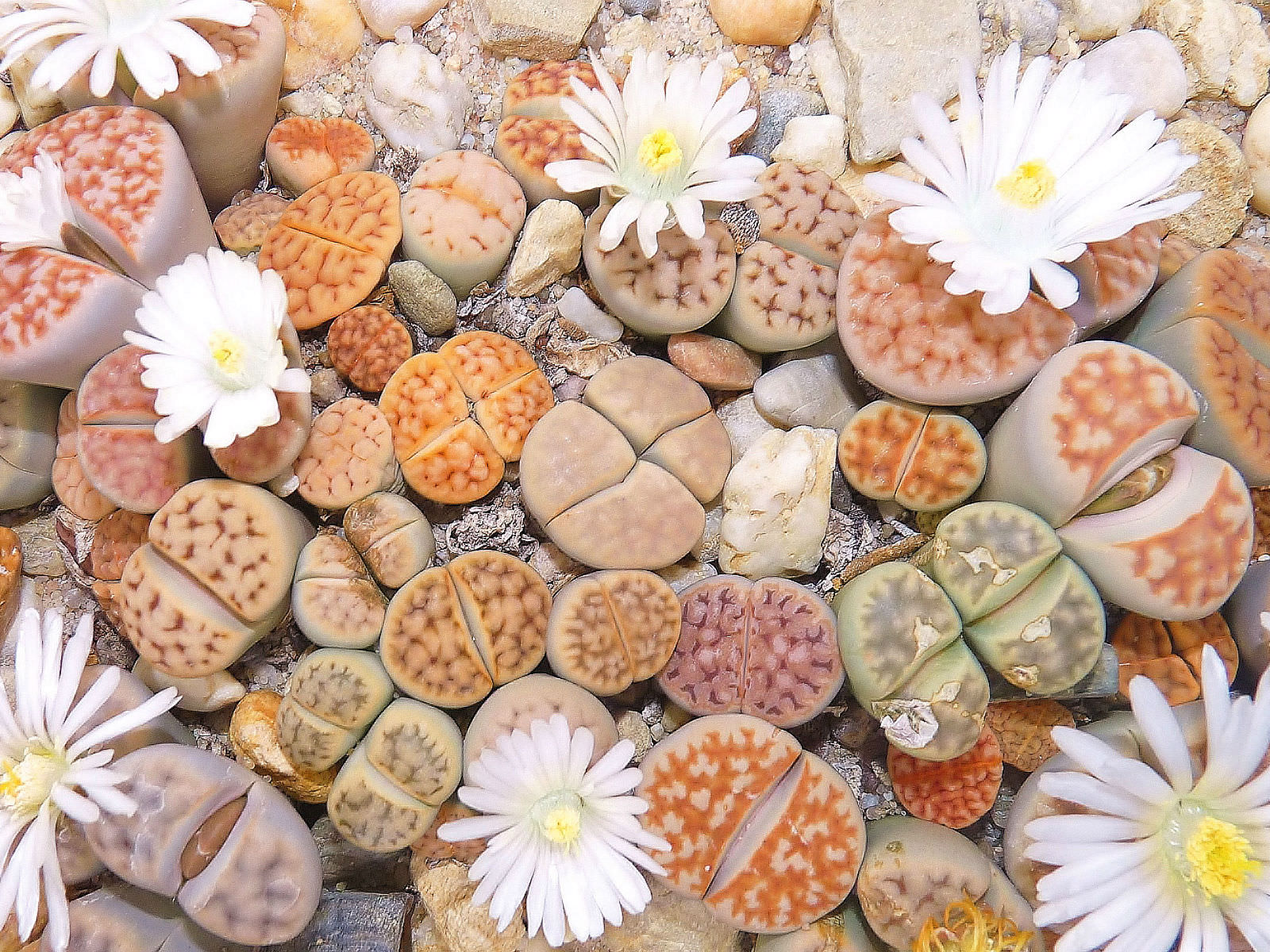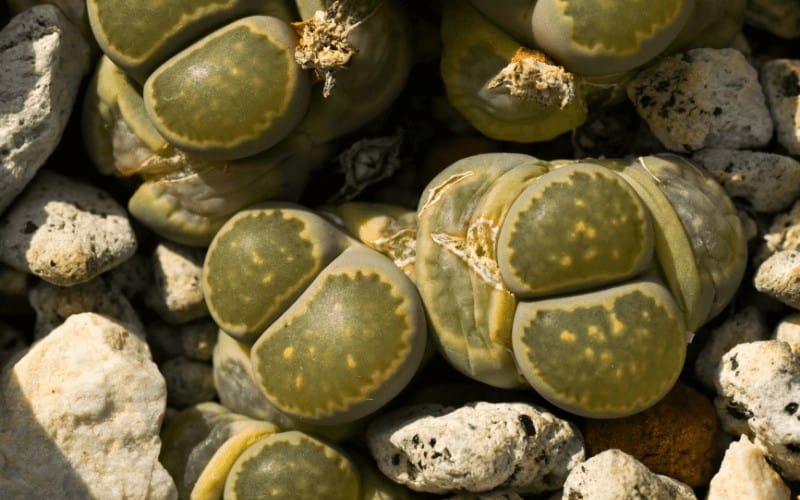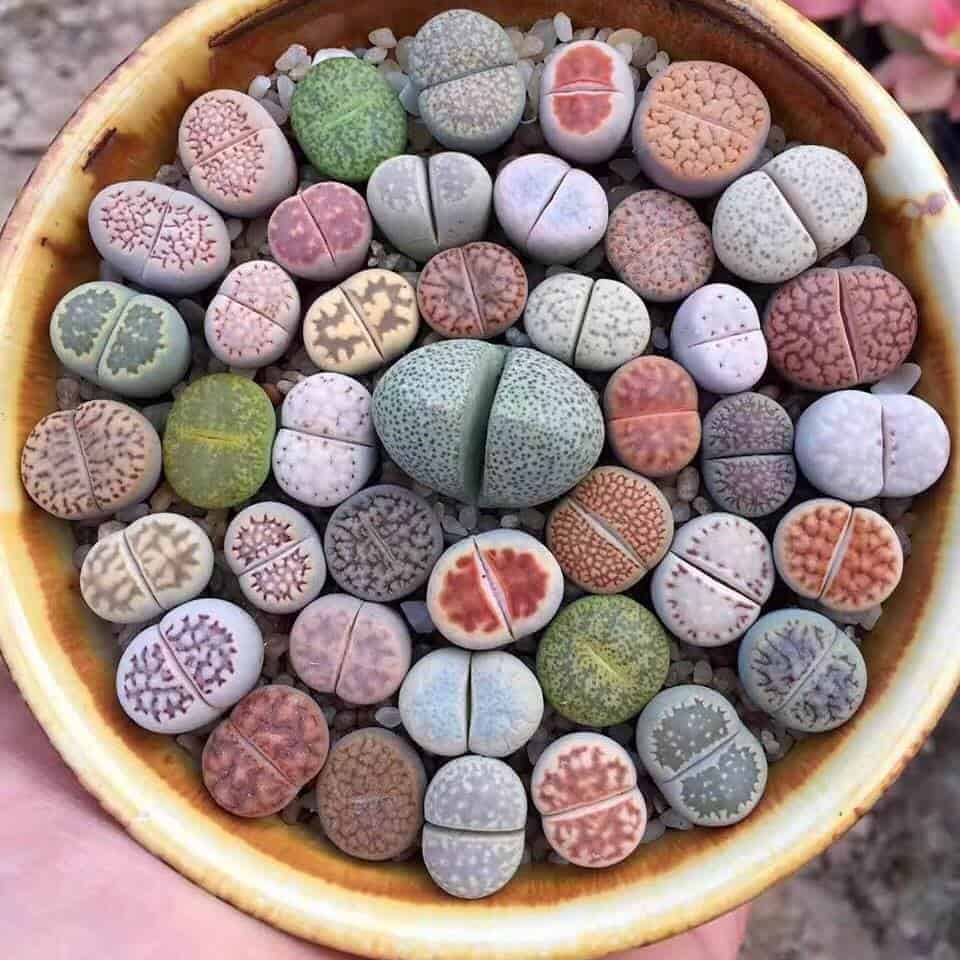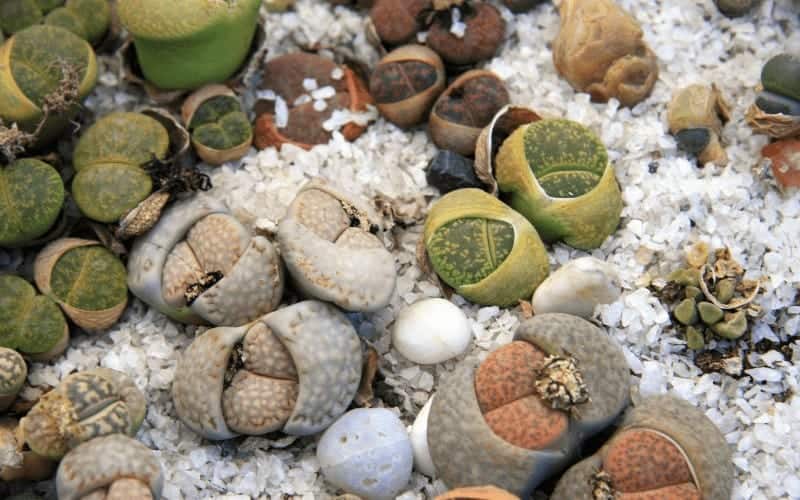Types Of Lithops
Lithops, also known as living stones, are small, fascinating succulents that come in a variety of shapes, colors, and textures. They are native to southern Africa and are known for their ability to mimic their surroundings, making them difficult to spot in the wild. In this article, we will explore the different types of lithops and share tips on how to care for them.
Pain Points Related to Types of Lithops
If you are new to growing lithops, you may find it challenging to keep them alive, as they have specific care requirements. Additionally, with so many varieties available, it can be overwhelming to choose the right type for your needs. But fear not, with the right knowledge and care, you can enjoy these unique plants in your home or garden.
Answering the Target of Types of Lithops
Lithops come in various shapes, sizes, and colors, with each variety having distinct features. Some common types of lithops include Lithops karasmontana, Lithops salicola, Lithops aucampiae, and Lithops hookeri. Depending on the variety, lithops can have round, oval or cone-shaped leaves, and some have patterns or markings that resemble pebbles or stones.
Summary of Main Points and Related Keywords
In summary, lithops are fascinating succulents that come in many different types, shapes, and sizes. They can be challenging to care for, but with the right knowledge, they can thrive indoors or outdoors. Some common types of lithops include Lithops karasmontana, Lithops salicola, Lithops aucampiae, and Lithops hookeri. By understanding the different varieties of lithops, you can choose the right type for your needs and enjoy their unique beauty.
Lithops Karasmontana
Lithops karasmontana, also known as the stone flower, is a popular variety of lithops due to its unique coloration. This variety typically has oval-shaped leaves that range in color from light green to pinkish-brown, and they have markings that resemble pebbles or stones. I first discovered Lithops karasmontana while visiting a botanical garden and was drawn to its unusual look.

When growing Lithops karasmontana, it's essential to provide them with well-draining soil and bright, indirect light. Watering should be done sparingly and only when the soil is completely dry. Overwatering can cause the leaves to split and rot. With the proper care, Lithops karasmontana can make a unique addition to any succulent collection.
Lithops Salicola
Lithops salicola, also known as the willow-leaved lithops, is another striking variety of lithops. This plant has elongated, cone-shaped leaves that are greenish-grey and have intricate markings that resemble pebbles or stones. I fell in love with this variety when I saw it at a local nursery and was amazed by how it looked like small rocks growing out of the soil.

To care for Lithops salicola, they should be planted in a well-draining soil mix and kept in a bright, sunny location. Watering should be done sparingly, and the soil should be allowed to dry out between watering. These plants prefer hot and dry conditions, making them a great addition to a rock garden or dry landscape.
Lithops Aucampiae
Lithops aucampiae is a unique variety of lithops that has round leaves that range in color from light green to brown. They have markings that resemble pebbles or stones, making them fun to look at. If you're looking for a low-maintenance plant that's easy to care for, Lithops aucampiae could be a great choice.

Lithops aucampiae prefer bright, indirect light and well-draining soil. Watering should be done sparingly, and the plant should be allowed to dry out between watering. With the right care, Lithops aucampiae can thrive both indoors and outdoors and make fantastic additions to a succulent collection.
Understanding Lithop Reproduction
Lithops reproduce via seeds or offsets, depending on the variety. Seed propagation involves planting the seeds in a well-draining mix and providing them with bright light and warm temperatures. Offsets are small plants that grow from the parent plant and can be separated and transplanted into their pots when they are mature enough.

Question and Answer
Q: How often should Lithops be watered?
A: Lithops should be watered sparingly, and the soil should be allowed to dry out between watering. Overwatering can cause the leaves to split and rot.
Q: Can Lithops be grown indoors?
A: Yes, lithops can thrive both indoors and outdoors, provided they are given the proper care requirements.
Q: Do all Lithops varieties have markings that resemble stones?
A: Yes, most lithops varieties have markings that resemble pebbles or stones, making them unique and interesting to look at.
Q: How long do Lithops plants live?
A: Lithops can live for several years if given the correct care requirements and kept in optimal growing conditions.
Conclusion
Lithops are fascinating succulents that come in a variety of types, colors, and shapes. By understanding the different varieties of lithops and their unique care requirements, you can choose the right type for your needs and enjoy their unique beauty for years to come.
Gallery
Colorful Lithops ( A Pack Of 9) - ESucculent

Photo Credit by: bing.com / lithops lithop esucculent cactos suculentas curiosos succulent cacti
Lithops Care Guide: Everything You Need To Know - Sublime Succulents

Photo Credit by: bing.com / lithops care succulents gardenpicsandtips
15 Types Of Lithops Plant (+ Photos & How To Care For Them)

Photo Credit by: bing.com / lithops varieties
How To Grow And Care For Lithops | World Of Succulents

Photo Credit by: bing.com / lithops care fertilizer cactus
Understanding Lithop Care | Lithops Succulents, Lithops, Cacti And

Photo Credit by: bing.com / lithops lithop care succulents plant succulent plants choose board green terrarium